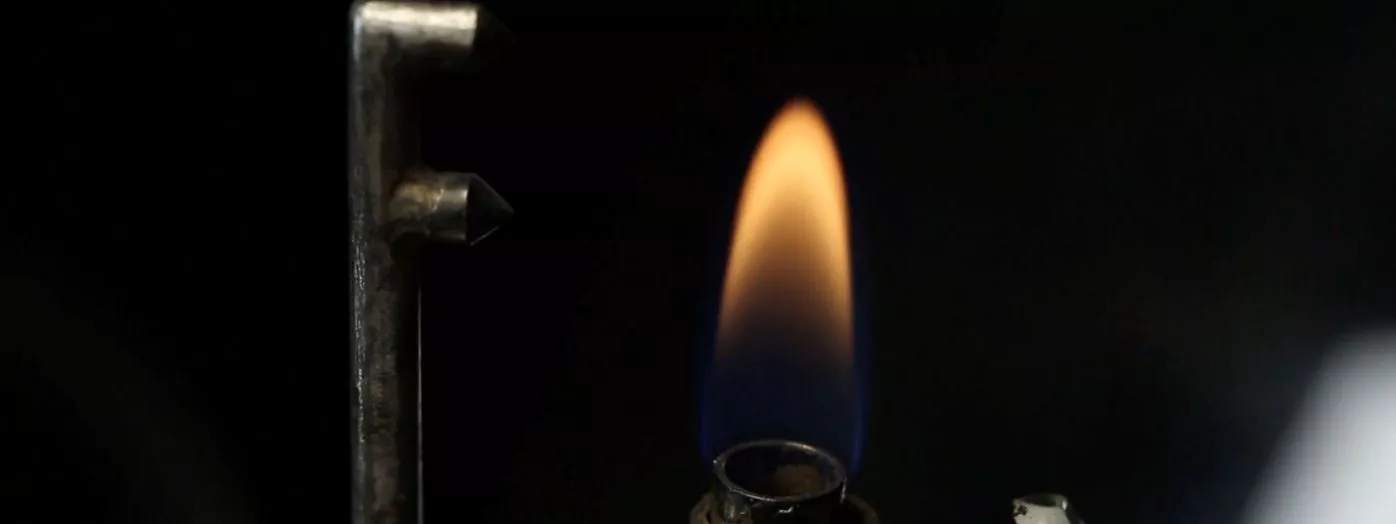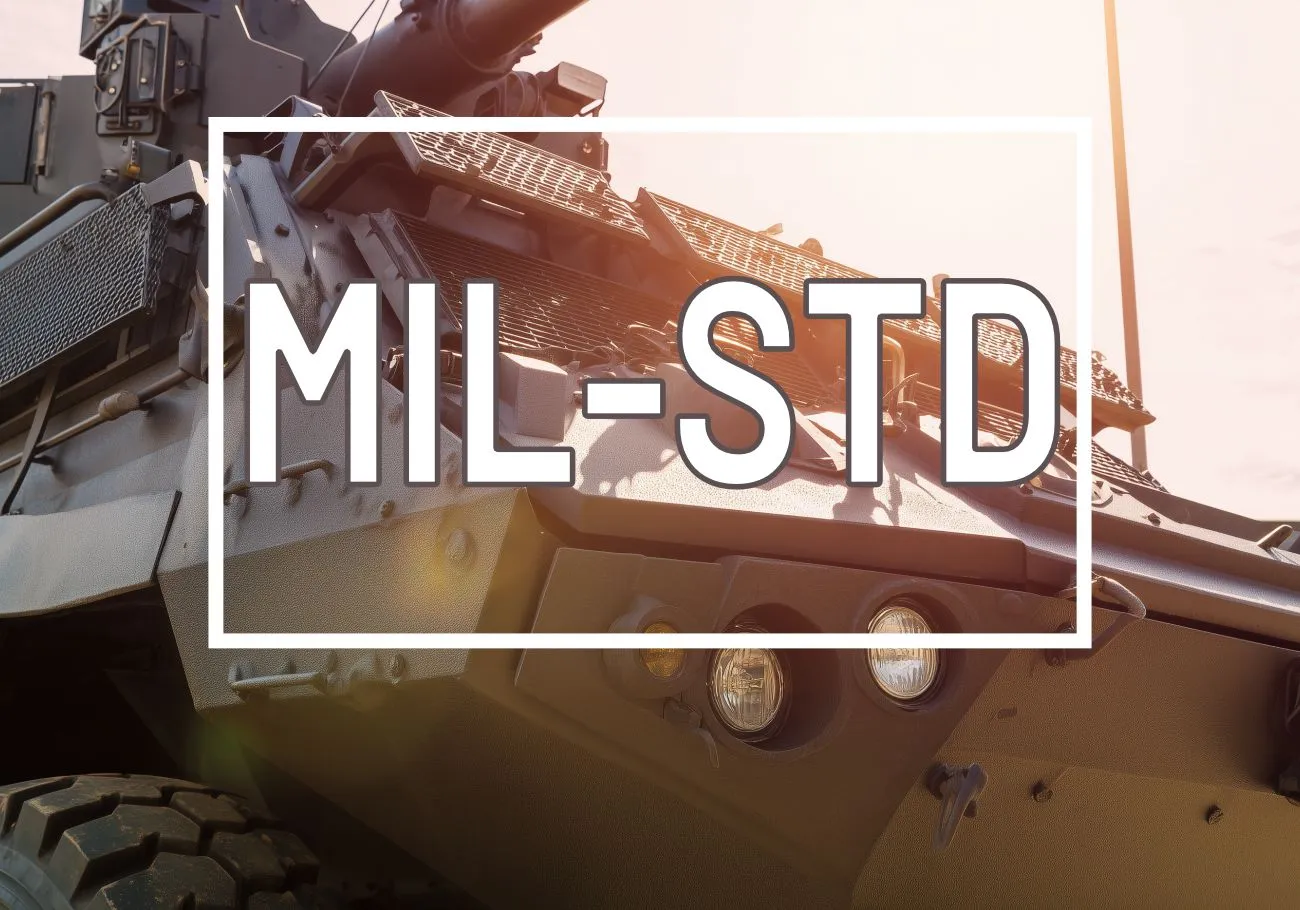Fire resistance tests for the safety of electrical and electronic equipment
Requirements relating to the safety of goods and people
Why carry out fire resistance tests on electrical equipment?
- Ensure compliance with current regulations such as the Low Voltage Directive 2006/95/EC.
- Assess ignition behaviour and flame propagation.
- Guarantee the safety of users by minimising the fire risks associated with electrical equipment.
- Obtain certification for the marketing of electrical and electronic devices.

Our fire resistance testing services for electrical equipment
- Glow-wire ignitability testing: Simulation of accidental heating conditions.
- Flame spread tests: Evaluation of material performance in accordance with UL 94 and IEC 60695.
Types of fire resistance tests
Flame propagation tests (UL 94, IEC 60695-11-10)
- Measurement of horizontal propagation: HB, HB 40 and HB 75 classifications.
- Measurement of vertical propagation: V0, V1 and V2 classifications.
- Determination of material behaviour under prolonged thermal stress
Glow-wire tests (IEC 60695-2-10/11/12)
- Simulation of overvoltages and localised heating.
- Assessment of ignition of electrical and electronic materials.
- Test temperatures up to 960°C.
Talk to our fire resistance testing experts
Our testing capabilities and technical resources
Fire test facilities
- Combustion chambers and thermal analysis equipment.
- Burners to IEC and UL standards.
- Real-time monitoring and analysis systems.
Monitoring and analysing results
- Video recording of tests.
- Characterization of materials after exposure to flame.
- Detailed reports for interpreting material performance.
Standards applicable to fire resistance testing of electrical equipment
- Low Voltage Directive 2006/95/EC: Safety of electrical equipment.
- IEC 60695-2-1: Glow-wire ignition tests.
- UL 94: Flame propagation tests.
- IEC 60695-11: Assessment of the fire behaviour of materials.
Integrating fire resistance testing into product development
- Analysing the normative requirements specific to your sector.
- Implementing tests using protocols tailored to your products.
- Interpretation of results and optimisation of designs.
Needs
Discover a selection of additional resources that explore topics related to this page including regulatory contexts, technical articles, and specific areas of expertise. These materials provide further insight to help you better understand the key challenges and available solutions.
Contact us for a quote








